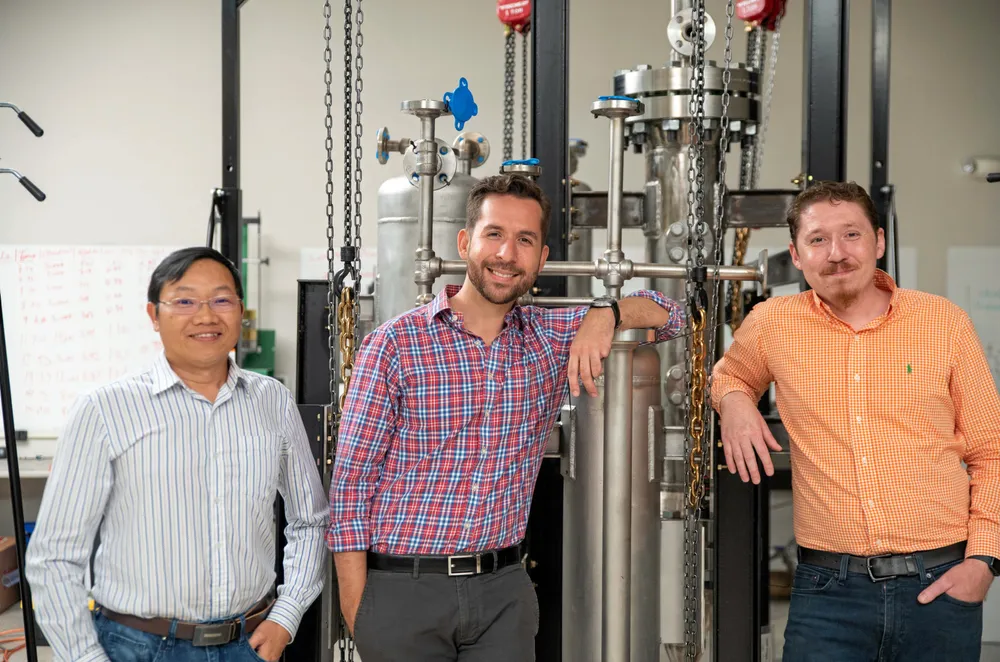Hydrogen’s holy grail? | Creating green H2 from water and scrap metal — without using electricity
US start-up GenHydro says it can manufacture hydrogen from waste aluminium in a zero-carbon process that simultaneously produces clean power

US start-up GenHydro says it can manufacture hydrogen from waste aluminium in a zero-carbon process that simultaneously produces clean power
